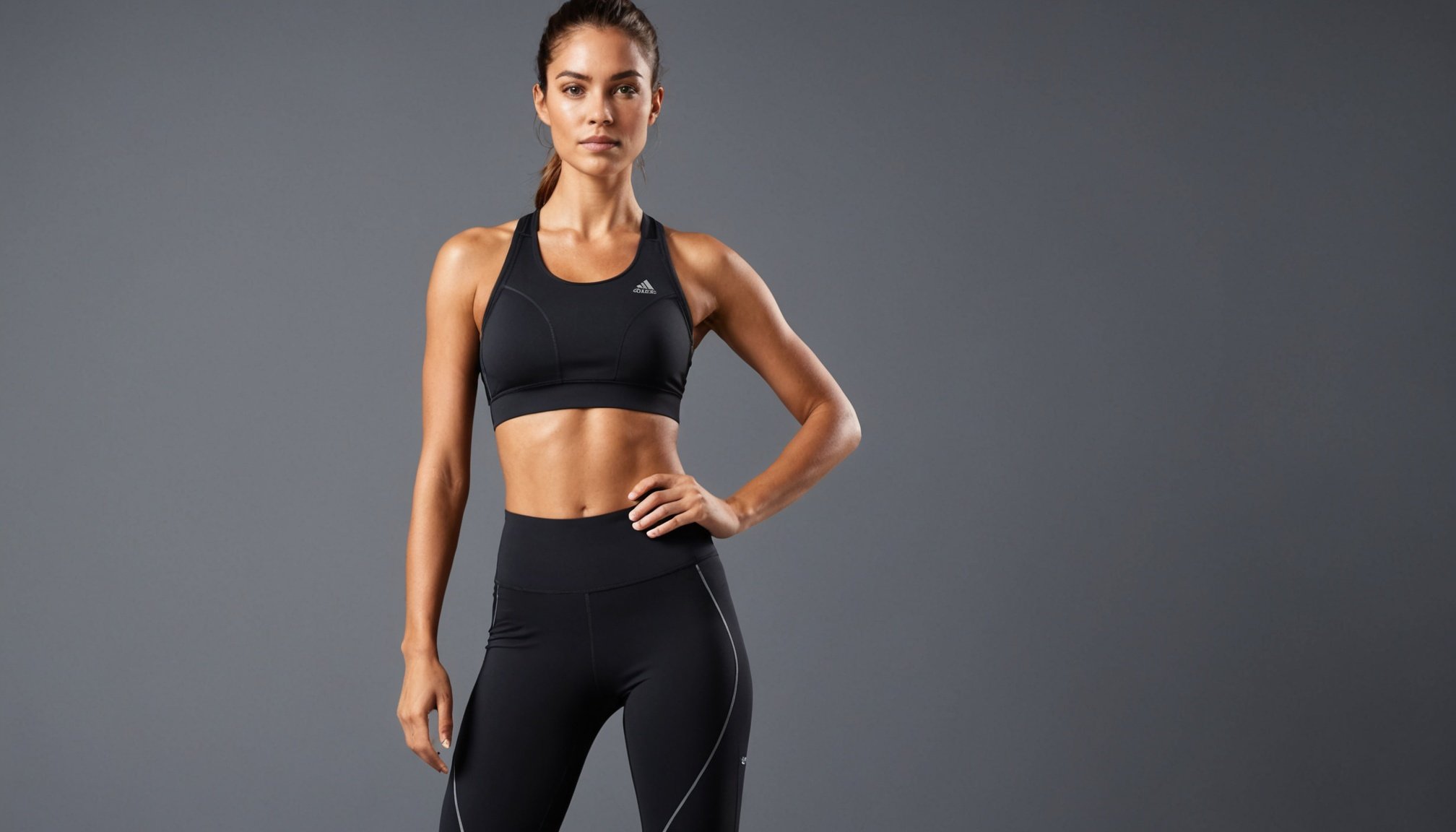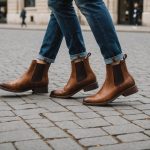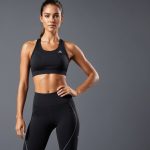Recent Innovations in Breathable Activewear Fabrics
In recent years, breathable activewear fabrics have seen remarkable advancements through innovative fabric technology and performance materials. Engineers have focused on enhancing moisture-wicking capabilities, ensuring athletes remain dry and comfortable during workouts. This involves designing fabrics that efficiently move sweat away from the body, promoting rapid evaporation.
Key performance qualities in modern activewear fabric include durability, stretchability, and lightness. These performance materials are meant to withstand rigorous activities while remaining lightweight, providing both comfort and ease of movement. Antimicrobial properties are also pivotal, as they reduce odour and bacteria build-up, maintaining hygiene.
Additional reading : Revamp Your Summer Look: Top Accessory Hacks for a Memorable Day at Edinburgh Fringe Festival
Innovations have had a profound impact on comfort and functionality, making exercise experiences more enjoyable. For instance, some fabrics now incorporate cooling technologies, activating when body temperature rises, creating a refreshed sensation. Others are integrating smart textiles that monitor physical exertion or health metrics.
These advancements are not just for professional athletes but benefit anyone seeking quality activewear. They cater to various sports and fitness levels, showing the versatility and adaptability of these cutting-edge breathable activewear fabrics.
Have you seen this : Revitalize Your Summer Wardrobe: Innovative Trends for Timeless Chelsea Boots
Leading Brands in Breathable Activewear
When it comes to top activewear brands, the competitive landscape is defined by innovation in fabric technology and performance materials. Brands like Nike, Under Armour, and Lululemon lead the charge, integrating cutting-edge advancements into their lines. These companies consistently leverage technological progress to maintain their status as market leaders. For example, Nike’s Dri-FIT and Under Armour’s HeatGear technologies exemplify their focus on enhancing moisture-wicking and breathability.
Overview of Popular Brands
Among the market leaders, each brand showcases unique strengths in activewear. Lululemon, for instance, is celebrated for its yogi-centric designs, merging comfort with functionality. Meanwhile, Adidas emphasises versatility with its AEROREADY material, promising optimal moisture management and comfort across varied sports.
Brand Innovations in Fabric Technology
Brands continually compete to outdo each other with brand innovations in activewear, leading to remarkable technological milestones. These innovations enhance performance qualities desired by athletes and fitness enthusiasts, such as flexibility and lightness, proving crucial for rigorous activities.
Consumer Preferences and Feedback
Consumer preferences often highlight comfort and effectiveness in sweat control as decisive factors. Reviews suggest a favourable reception for brands that prioritise fabric advancements, indicating a growing demand for breathable activewear fabrics that cater to personal fitness needs.
Comparison of Breathable Fabrics
When exploring breathable activewear fabrics, a thorough fabric comparison reveals the intricate differences in activewear materials. Each type of fabric brings its unique strengths and weaknesses to performance analysis. This section focuses on comparing synthetic and natural fibers, crucial in determining their suitability for activewear.
Synthetic fibers, like polyester and nylon, are well-regarded for their excellent moisture-wicking and quick-drying capabilities. This quality makes them preferable for intense workouts. However, they can sometimes feel less soft against the skin compared to natural options. Durability is a key advantage, as they withstand rigorous activities, maintaining shape and elasticity over time.
In contrast, natural fibers such as cotton and bamboo tend to offer superior comfort due to their softness and breathability. They are often chosen for low-impact activities, though they might struggle with moisture retention, leading to a heavier feel during intense exercise.
This performance analysis highlights how material choice impacts workout comfort and efficacy. Ultimately, the optimal fabric depends on individual preferences and specific workout requirements, balancing aspects like durability, moisture-wicking, and breathability. By understanding these nuances, consumers can make well-informed decisions tailored to their fitness needs.
Expert Opinions on Fabric Technologies
Exploring the insights from industry experts sheds light on the future of breathable fabric technologies. Textile engineers often highlight that ongoing innovations in fabric technology are crucial for advancing athletic wear. Engineers frequently emphasise the importance of weaving techniques and advanced materials that improve the durability and breathability of fabrics without sacrificing comfort.
Interviews with Textile Engineers
In interviews, textile engineers express optimism about the potential transformative impact of fabric technologies on sportswear. They focus on how technological advancements can enhance fabric performance, especially in moisture-wicking and temperature regulation. The precision in weaving fibres at a micro-level has shown promise for further improving breathability, fundamentally changing how activewear fabrics perform.
Fitness Experts Discuss Fabric Performance
Fitness experts, who often rely on high-performance activewear for their rigorous routines, note the tangible benefits these innovative fabric technologies bring. When evaluating specific material performance, they cite improved comfort and reduced chafing due to advanced seam and insulation solutions as significant factors. Their insights reinforce how evolving technologies directly influence workout efficacy and enjoyment.
Future Trends in Breathable Fabrics
Future trends predicted by experts include the integration of nanotechnology and bio-materials in smart textiles. These trends indicate a shift towards environmentally conscious choices, while enhancing functionality, making textile innovation a critical area for future development in activewear.
The Role of Sustainability in Fabric Innovation
In the realm of activewear, the integration of sustainable fabrics has become increasingly crucial, responding to growing eco-conscious consumer demands. Innovations in eco-friendly technologies contribute significantly to the development of breathable fabrics that do not compromise performance.
Sustainable Materials in Breathability-Tech Fabrics
The use of eco-friendly materials such as recycled polyester and organic cotton is gaining momentum. These materials not only reduce the environmental footprint but also offer comparable durability and comfort to traditional options. Brands are exploring biodegradable fibres, which naturally decompose without harming the ecosystem. The commitment to sustainability has led to the adoption of low-impact dyes and waterless dyeing methods, further decreasing the ecological impact.
Implications on Production and Consumer Choices
Sustainable practices extend beyond material selection, influencing manufacturing processes that prioritise resource efficiency. Activewear sustainability has become a key factor in purchasing decisions, as environmentally aware consumers seek out brands that align with their values. This shift encourages brands to innovate continually and drive market change.
Brands Leading in Sustainability
Brands like Patagonia and Athleta are at the forefront of incorporating sustainability into their product lines. Their strong environmental focus positions them as leaders in the activewear sector, inspiring others to embrace sustainable fabrics.
Visuals and Infographics
In exploring the dynamic realm of fabric technology visuals and activewear infographics, these visual aids effectively illustrate the performance dynamics of current breathable activewear fabrics.
Infographic on Breathable Fabrics Performance
Infographics present complexity in simplicity. They highlight essential performance materials through metrics like breathability, longevity, and moisture management. By providing side-by-side comparisons, these visuals make it easier for consumers to understand how different fabrics meet their specific workout requirements.
Visual Guide to Innovation Timelines
A visual timeline showcases the fabric technology evolution, marking key milestones. These timelines help highlight when significant technological breakthroughs occurred, such as the integration of antimicrobial properties and smart textiles. This progression not only enhances fabric functionality but also reflects the ongoing commitment to innovation in the industry.
Fabric Characteristics Comparison Chart
Visual comparison charts serve as a concise method to evaluate activewear materials. They can break down distinct fabric attributes, such as durability, moisture-wicking capabilities, and softness, assisting consumers in making informed choices. By comparing characteristics, this enables athletes and fitness enthusiasts alike to select the most suitable options based on personal fitness demands and preferences.











